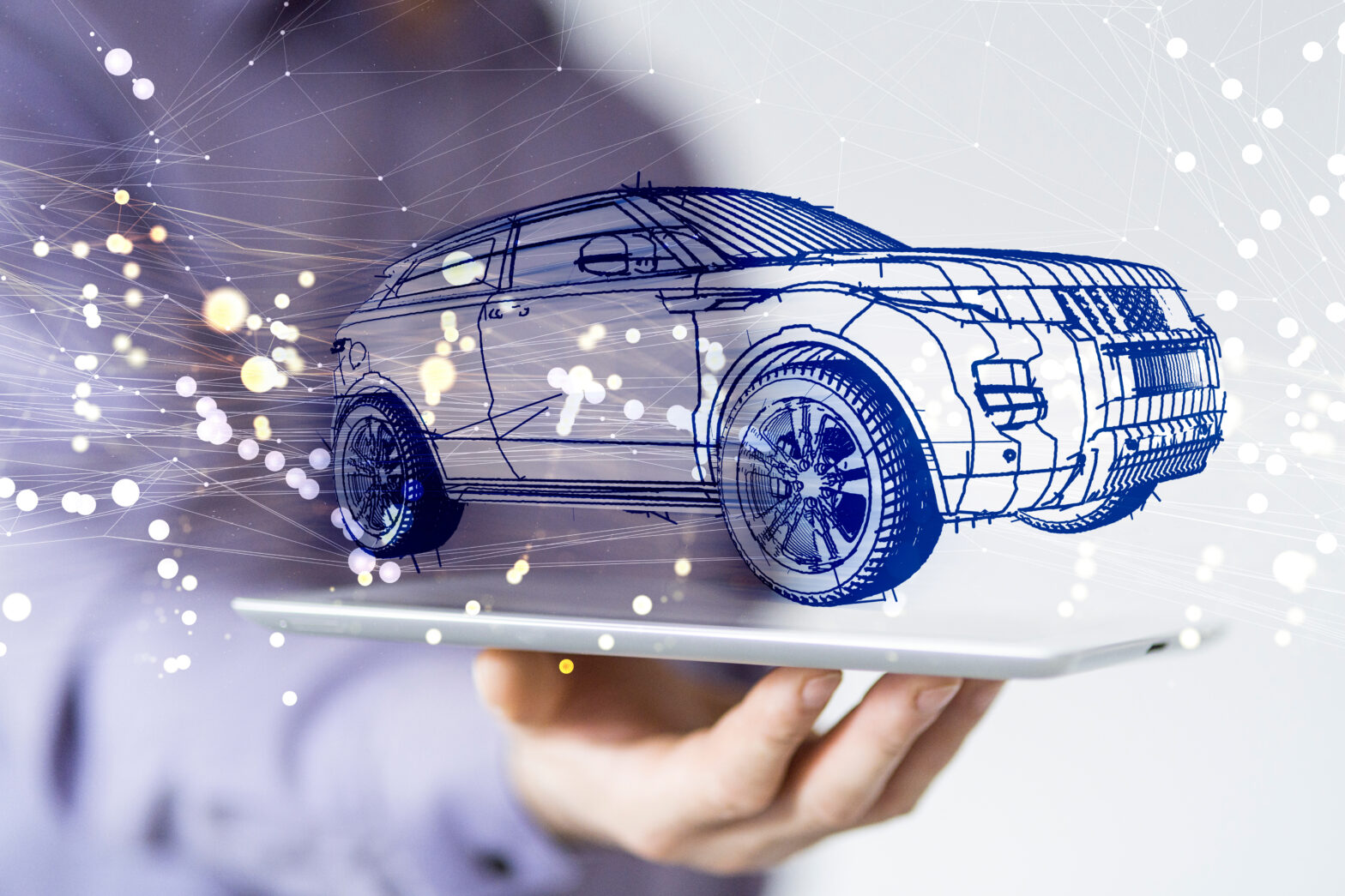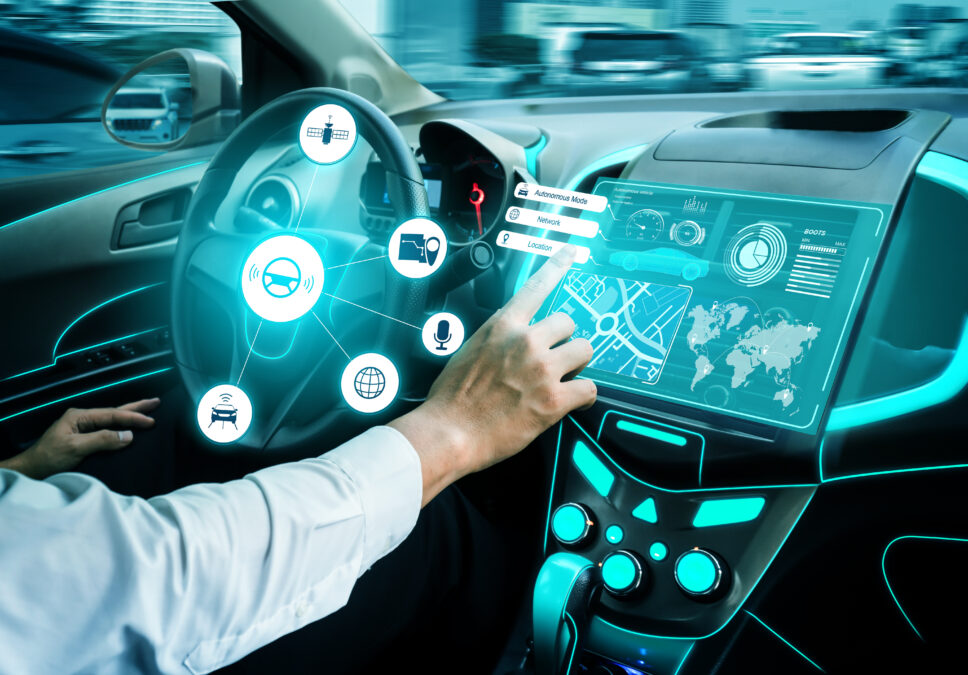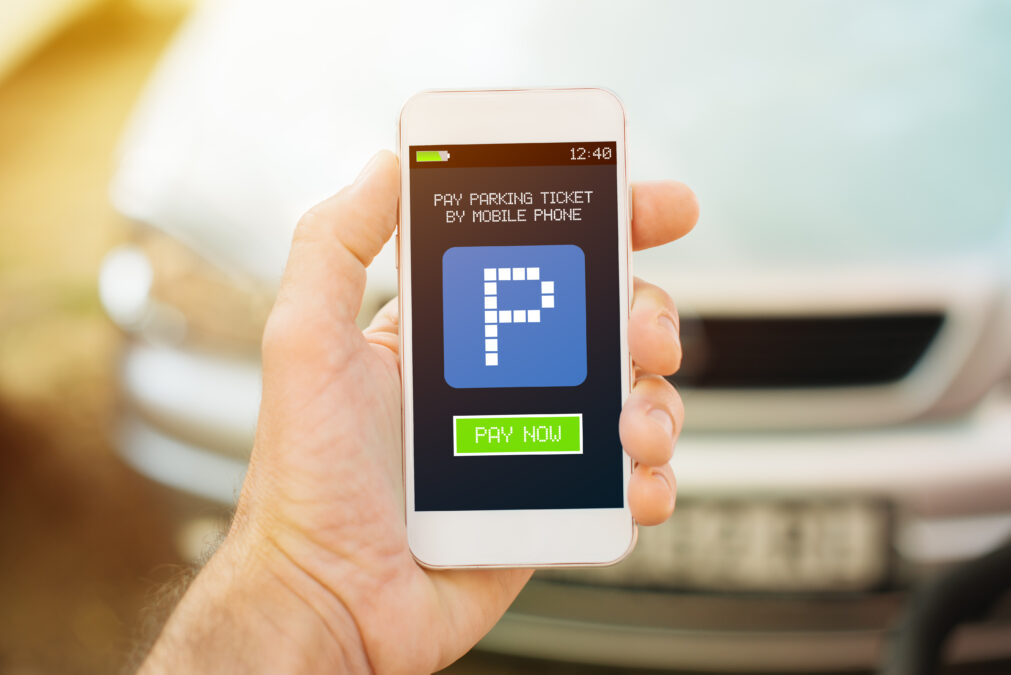Each year in Monterey, California, the Pebble Beach Concours d’Elegance, the most prestigious classic car show in the world takes place. While most are beautiful and desirable as well as valuable in the right condition, it’s fair to say the cars of that era lack technology – when the owner of 2015 ‘Best of Show’ was asked which aspect of the car he appreciated the most he chose, of all things, the cigarette lighters.
Contrast that gathering of classic cars with those produced in the modern era and we find an abundance of technology integrated into today’s vehicles. Much of that technology has been introduced for safety and efficiency purposes; however, connections to the digital world have increasingly found their way into cars over the past few decades.
General Motors was the first to offer commercially available connected cars with the introduction of OnStar in 1996. This service tied together voice and data communication over the analogue mobile network with a vehicle’s on-board computers and GPS. BMW took things a step further towards digital communication by offering the first option of an Internet-connected car in 2001.
This provided tailored access to BMW’s online portal via a dashboard display, but you still couldn’t check your email. Moving forward to 2008, they would expand their technology to rectify this, allowing unlimited access to the Internet via the updated iDrive system.
> See also: Connected car security: why identity should be in the driving seat
The latest solutions from car manufacturers are taking things a step further, by providing a fully integrated technology solution including a Wi-Fi hotspot. These systems are often referred to now under the broader designation of ‘infotainment’.
These built-in systems allow for a more powerful external wireless antenna, delivering faster and more reliable throughput to the mobile network. Another improvement highlights the number of mobile devices some of these Wi-Fi hotspots can support, as well as their range – up to twenty devices can connect at a possible radius of up to 150 feet. In 2015, over 90 new car models offered integrated Wi-Fi.
Initially these Wi-Fi hotspots provided limited connectivity. In turn, this meant fairly limited appeal to the buying public. However, recent advancements in mobile networks continue to improve the speeds available with 4G LTE equipped versions providing download speeds in excess of 10Mbps.
Whilst not as fast as other Ethernet and Wi-Fi connections, it’s enough to stream video or music or, for someone whose car doubles as their office, to do real business from remote locations.
Opinions dissent in regards to this latest wave of connected cars, with obvious safety concerns over distracted driving. Others don’t see the point of paying for this feature considering the mobile phone most of us carry will often be capable of similar functionality, and there’s always the potential to purchase a number of mobile hotspot devices that you can keep with you anywhere you go.
Still, those alternate solutions are more limited in their capabilities, and require their own power source to continue operating. Not only this, but the data throughput they will provide in comparison will be limited.
Updating vehicles over Wi-Fi
A number of automotive manufacturers are developing new methods of updating their vehicle systems. This approach is similar to the frequent mobile operating system and application updates we’ve all grown accustomed to with our smartphones and tablets.
One of the largest automakers, Ford Motor Company, partners with Microsoft to pursue this new model. Ford tasked Microsoft with updating the carmaker’s latest integrated in-dash infotainment system, Sync 3, so drivers can download new features and bug fixes directly to their vehicle over Wi-Fi.
This new process replaces the previous method, which required owners to download each update via a computer connected to the Internet. Car owners had to connect a thumb drive to a USB port in their vehicle in order to transfer the update file and initiate the new installation.
> See also: Why the Wi-Fi of Things is the connected future
With that in mind, Wi-Fi sourced Sync updates, their capacity for automatic installation, became the most useful benefit. With this setting enabled, you only need to park within range of a Wi-Fi network configured in your system settings for an update to take place. In fact, your vehicle doesn’t even have to be running in order to complete the process.
The next time one uses the vehicle, the driver sees a notification on the in-dash display alerting them about their newly installed update. This approach offers owners the ability to stay up-to-date in upgrades compared to the burdensome task of manual intervention.
Ford takes things a step further by installing on-site Wi-Fi transmitters at their dealerships, which will allow new cars sitting in their inventory to remain up to date following each new software release.
When a customer receives a new car that may have been manufactured months earlier, they can rest assured that they’ll get to enjoy all the latest in-car features and updates developed between the time the car was produced and the time it arrived to their front door. An incredibly valuable technology innovation!
Sourced from Dirk Gates, Executive Chairman and Founder, Xirrus







